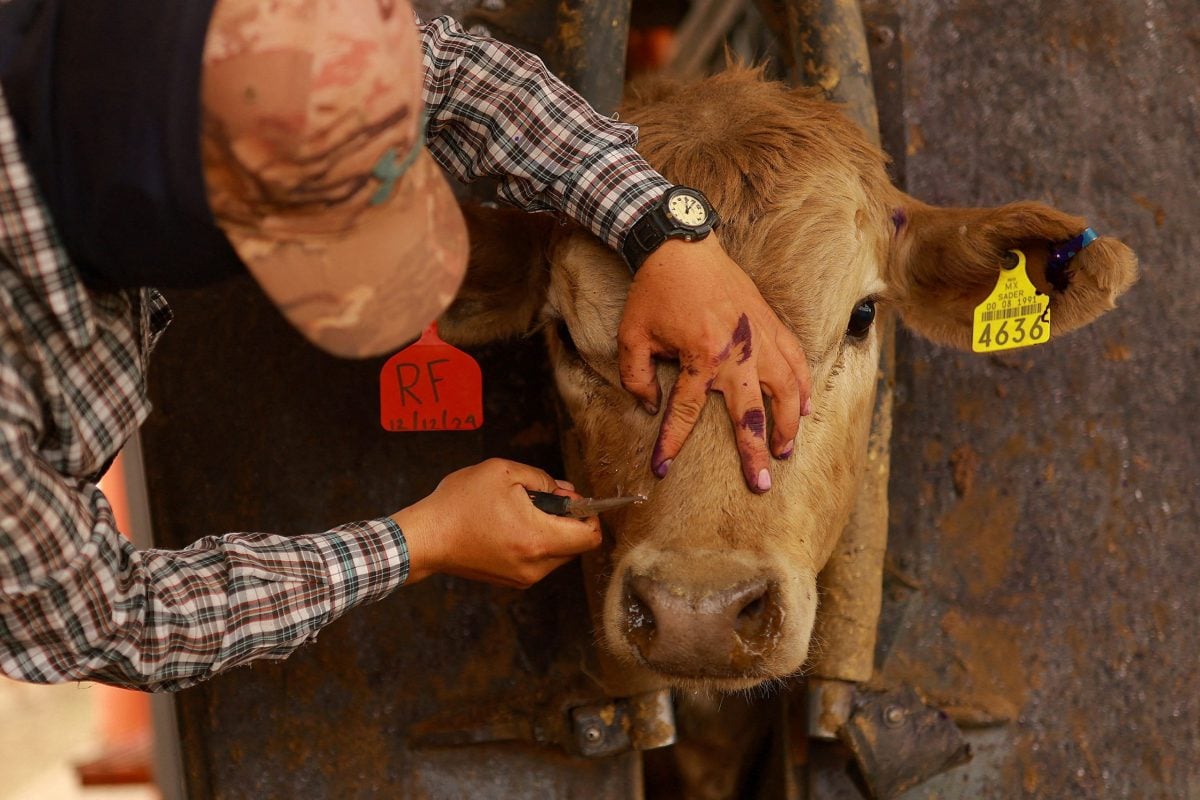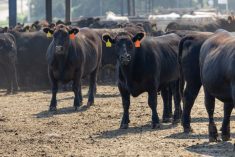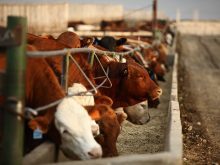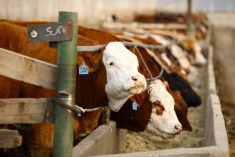Reuters — The U.S. Department of Agriculture will spend up to $750 million to build a sterile fly production facility in Texas to fight the flesh-eating livestock pest New World screwworm, USDA Secretary Brooke Rollins said on Friday, Aug. 15.
Why it matters: Screwworm has contributed to record high cattle prices.
The plan signals increasing worries about the risk of screwworm, a parasitic fly that eats livestock and wildlife alive, to infest U.S. cattle after the pest has moved north in Mexico toward the U.S. border.
Read Also
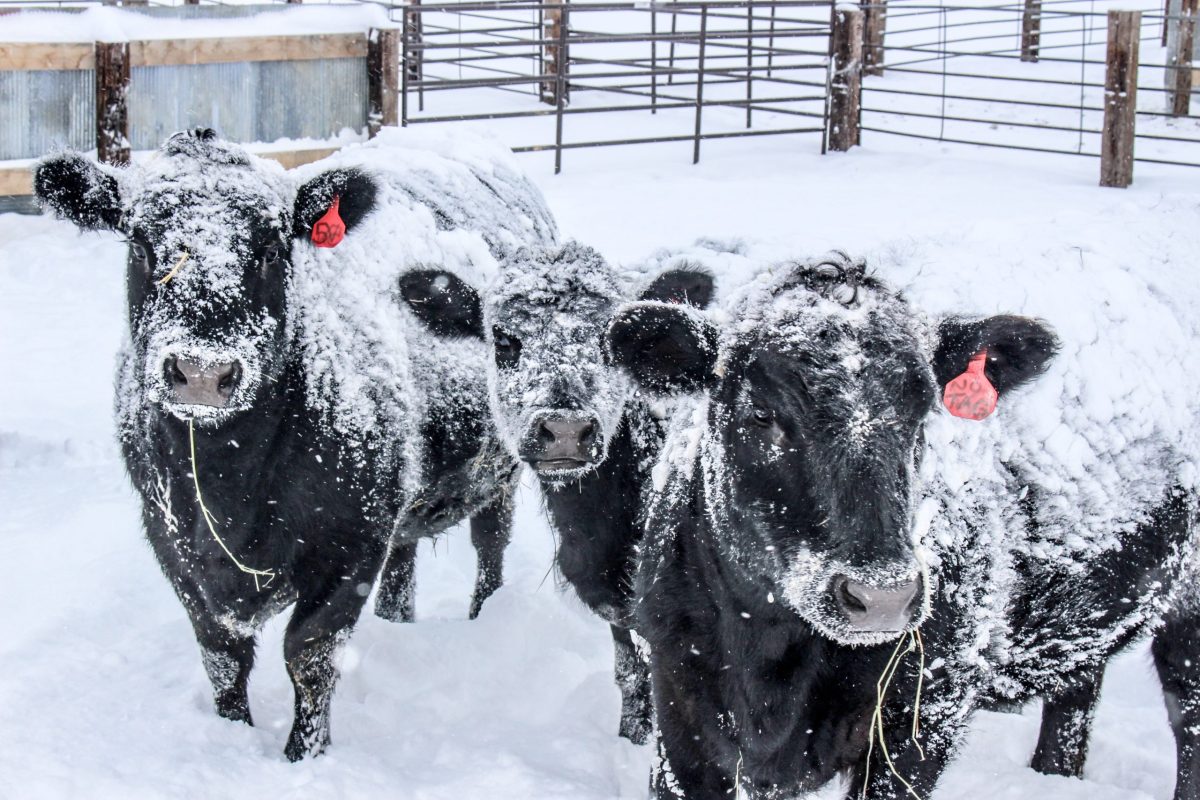
U.S. livestock: CME cattle futures rise on expectations of tight supplies
Chicago | Reuters – Chicago Mercantile Exchange cattle futures climbed on Wednesday as market players anticipated tighter cattle supplies in…
An outbreak could further elevate record-high U.S. beef prices by keeping more animals out of the U.S. cattle supply.
In Texas, the largest U.S. cattle-producing state, ranchers are anticipating the return of screwworms for the first time in decades. The United States eliminated screwworms in the 20th century by flying planes over hotspots to drop boxes packed with sterile flies.
The new production plant in Edinburg, Texas, would be located with a previously announced sterile fly dispersal facility at Moore Air Base and will have the capacity to produce 300 million sterile screwworm flies per week, Rollins said. Sterile flies reduce the mating population of the wild flies.
“It’s a tactical move that ensures we are prepared and not just reactive,” Rollins said at a press conference with Texas Governor Greg Abbott.
Rollins did not say when the plant would open and the USDA did not immediately respond to questions about the timeline for the project. Rollins previously said such a facility would take two to three years to build.
The USDA will spend an additional $100 million on technologies to combat screwworm while the facility is being constructed, Rollins said.
Washington halted cattle imports from Mexico in July to keep out the pest. It also invested millions in setting up a new sterile fly production plant in Metapa, Mexico, but it will take roughly a year to come online.
In Panama, a facility breeds up to 100 million sterile screwworm flies per week. The USDA estimated 500 million flies need to be released weekly to push the fly back south in Latin America.
“All Americans should be concerned, but it’s certainly Texas and our border and livestock-producing states that are on the frontlines of this every day,” Rollins said.

